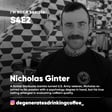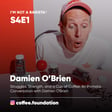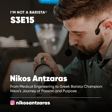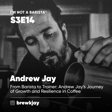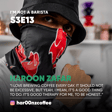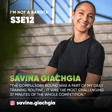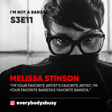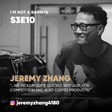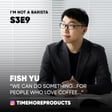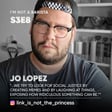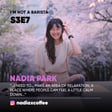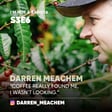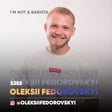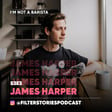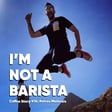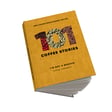
#04. Meet Dominic Symons🇨🇭, founder and designer of NanoFoamer
Dominic has been the founder of a design consultancy and tech venture. Now, he’s on to his third company Subliminal. His first Kickstarter campaign Nanofoamer exceeded its funding goal in just four hours. The Kickstarter campaign was 3682% funded, receiving over a third of a million dollars in funding from 5,823 backers.
Early on in his career, he had the opportunity to design an espresso machine for a client. He began to research the intricacies of espresso and understand what it takes to make a really good shot. On finding out more about espresso: “Once you start going down that path, you know there’s no way back.”
With a knack of being in the right place at the right time, he had the vision to scale his last venture across 42 countries. That company was eventually acquired, with Dominic leaving to take on a new challenge.
Dominic started to think of ways to improve the experience of drinking coffee at home. Noticing there were already tons of home brewing products on the market, he looked for a niche where there would be demand for something new.
He launched The NanoFoamer on Kickstarter - a tool that creates microfoam as well as a steam wand. The campaign reached its funding goal in four hours and went on to raise more than a third of a million dollars.
His design philosophy has always been to provide value. ”What makes a product really great is when you are able to focus on an area and discover a gap you can fill.”
Interested to find out what goes on behind the scenes to bring a product to life?
Read the full article here
https://notabarista.org/dominic-symons/
Read more coffee stories on
https://notabarista.org/
Order Coffee Wristbands and support I'M NOT A BARISTA's charity work
https://notabarista.org/product/notabarista-coffee-wristbands-2023/
